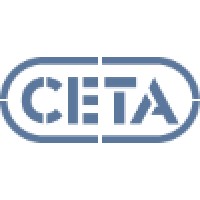
CETA Makina
CETA builds factories around the world, provides engineering, procurement, construction, commissioning services, also offering machine maintenance, process audits, and consulting - all the while working hard to improve production quality and increase industrial productivity. As a result of its innovative steps in industrial contracting, CETA has earned the trust of many organizations for which it provides support. CETA manufactures machines for use in factories around the four corners of the globe, combining state of the art technology with creative engineering. CETA provides products and services to power and strengthen key sectors of the economy that are critical for advancement and development. Going strong for more than 30 years!






